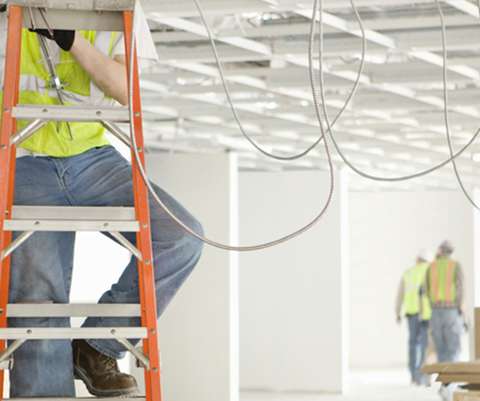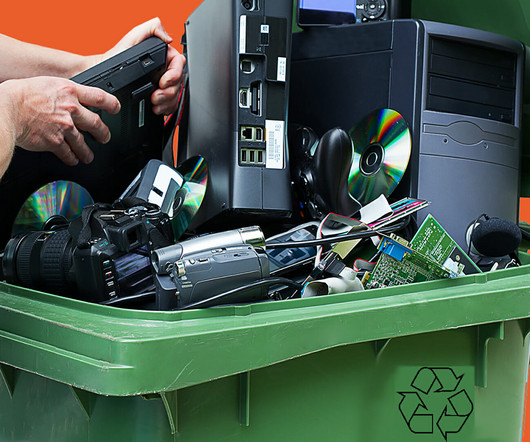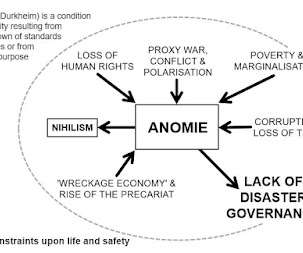Amazon Solar Shutdown Provides Opportunity for Praise and Reflection on Safe Solar Installations
National Fire Protection Association
SEPTEMBER 13, 2022
The NFPA Fire & Life Safety Ecosystem is a framework that identifies the components that must work together to minimize risk and help prevent loss, injuries, and death from fire, electrical, and other hazards. There are eight key components in the Fire & Life Safety Ecosystem. These components are interdependent.














Let's personalize your content